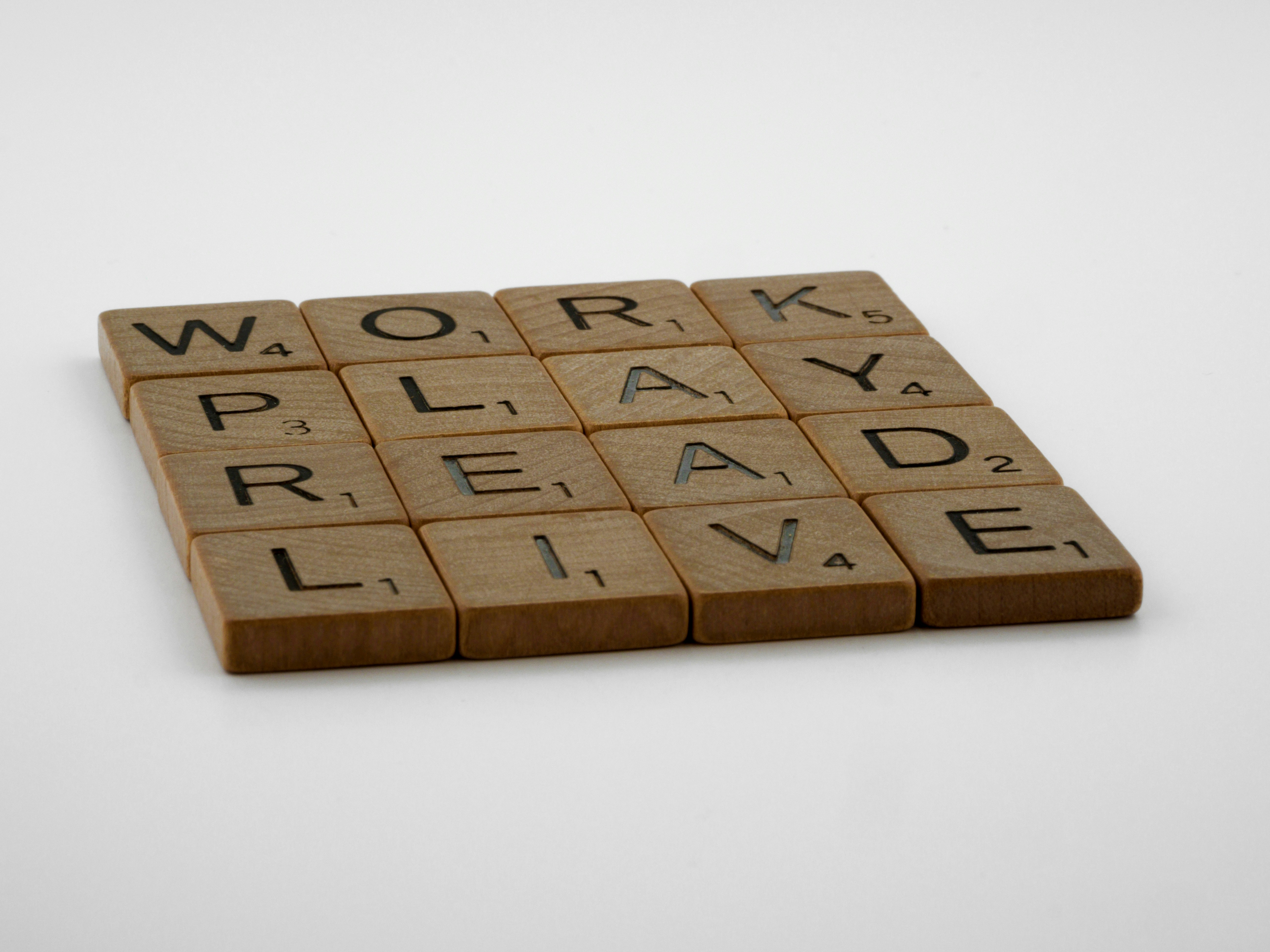Core Triggers in the Brain
At the heart of any addictive game lies a simple chemical: dopamine. It’s the brain’s reward currency, and games are excellent at paying it out. Each time you level up, land a headshot, or unlock a new skin, your brain tosses you a dopamine boost. That hit feels good so you play again. And again.
But it’s not just about rewards. It’s about how those rewards are delivered. Most games use what’s called a variable ratio schedule the same system slot machines use. Sometimes you win big, sometimes not at all. You never know when the payoff is coming, so you keep playing, hoping the next round delivers. This unpredictability keeps your brain in a loop of anticipation and satisfaction.
Then comes the flow state that immersive zone where the outside world fades and it’s just you and the challenge ahead. Good game design creates seamless progression: not too easy, not too hard. Smooth mechanics, responsive feedback, and just enough pressure to make every action feel meaningful. Players forget the clock. Hours pass. That’s flow.
Pull all three levers dopamine, variable rewards, and flow and you have a game people can’t put down. Not because they lack willpower, but because the design is working exactly as intended.
Design Mechanics That Hook Us
Gaming addiction rarely comes from just one place it’s structural. Developers use layered mechanics that dig into our psychology and keep us playing longer than we planned. One of the simplest and most effective tools? Progress indicators. Progress bars, unlockables, and leveling systems scratch the brain’s achievement itch. Every bar filled or badge earned gives a hit of validation that keeps you chasing the next one.
But it’s not just about tracking growth. Smart pacing matters too. Good games ramp up challenge gradually, making wins feel earned and losses sting just enough. The players stay in the zone engaged, but not overwhelmed. Throw in checkpoint spacing, adaptive difficulty, and milestone rewards, and suddenly you’ve got a loop that’s tough to quit.
Then there’s the subtle layer: sound and visuals. A chime when you level up. A glow around a locked feature. Subconscious cues that guide and reward behavior like a digital pat on the back. Games that layer these right don’t just entertain they hook.
If you want to get deeper into the balance behind all this, check out Balancing Fun and Difficulty in Games. It’s a sharp look at how game designers walk the line between fun and addictive.
Social Pressure and Leaderboard Psychology

Addiction doesn’t always come from the game itself. Sometimes, it’s about the other people playing it. Competitiveness runs deep leaderboards, ranked matches, and friend challenges all tap into that impulse. Whether players are chasing global prestige or just trying to outscore someone from their group chat, games often turn into a social battleground.
Then there’s FOMO. Developers build limited time events, exclusive rewards, and disappearing content for a reason they keep players coming back. Miss one week, and you might lose access to a rare item or fall behind a seasonal goal. It’s not just digital scarcity. It’s engineered urgency.
Add in custom cosmetics and social status, and suddenly, games are more than games. They’re platforms for identity. A rare skin or special gear becomes a badge of honor. Players wear them like digital trophies. The more time you invest, the more visible your place in the community becomes. And for many, that’s a reward in itself.
Experts Weigh In (2026 Insights)
What Clinical Psychologists Are Saying
Experts in mental health highlight the psychological patterns that make some games deeply immersive and potentially overused. A primary concern is the use of what they call “compulsion loops”: repeated cycles of reward based behavior that keep players engaged, often without them realizing how much time is passing.
Compulsion loops mimic the reward mechanisms seen in gambling
Frequent, variable rewards keep players chasing the next hit of satisfaction
Clinical psychologists emphasize the importance of “designing in” moments of disengagement
“Games that encourage players to take breaks naturally or through prompts can help reduce overstimulation and fatigue over time.” Dr. L. Moreno, Behavioral Psychologist
Game Designers on Ethics vs. Engagement
From the development side, modern game designers walk a fine line between keeping players engaged and avoiding exploitative mechanics. While some defend highly engaging systems as creativity at work, others are increasingly vocal about rethinking the ethics of game design.
Many developers acknowledge the addictive potential as a feature, not a bug
Ethical debates question where entertainment ends and manipulation begins
Some studios now work with UX psychologists to design non exploitative gameplay loops
Shifting Toward Healthier Habits
In response to both public concern and internal awareness, some developers are pivoting toward healthier, more mindful design practices.
Optional playtime reminders help players self regulate
Games are introducing faster progression with fewer grind heavy tasks
A trend is emerging around player friendly design features, such as:
Session time tracking
Rest reward bonuses (logging off earns benefits)
More flexible progression timelines
The conversation is shifting the best games going forward may be the ones that reward both time spent and time taken away.
How It All Affects Players
You sit down for a quick game after dinner. Suddenly it’s 2 a.m. That’s time distortion, plain and simple one of the strongest effects long play sessions can have. Games are built for deep focus. When you’re locked in, the outside world fades. Hours slide by like minutes, especially in open world grinds or competitive matches. The brain enters a flow state, and the clock stops mattering.
But it’s not all downhill. Played in moderation, games boost problem solving and adaptive thinking. Strategy titles, puzzle mechanics, even fast paced shooters engage different regions of the brain. Over time, they can sharpen decision making and pattern recognition. Some players even report improved stress management, hand eye coordination, or language skills, depending on the genre.
Still, when distraction becomes avoidance, it’s a red flag. If playtime replaces sleep, work, or relationships it’s a problem. Signs to watch for: losing track of basic needs, irritation when not playing, or chasing the next skin like it owes you rent. The fix isn’t always quitting, but rebalancing. Stepping back to look at where gaming supports life and where it’s starting to run it.
The Bottom Line
Addictiveness in gaming doesn’t happen by accident. It’s engineered through behavioral psychology, smart design, and finely tuned systems that push the brain’s reward buttons. From dopamine triggering reward loops to unpredictable incentives that hook attention, the science is clear: games are built to be sticky.
But there’s a shift brewing. As we move through 2026, the focus is beginning to pivot. Ethical design is gaining serious traction especially as more players and developers question the long term impact of constant compulsion. Games that offer breaks, limit grind, or signal playtime awareness are no longer fringe they’re becoming part of the mainstream conversation.
The best games hit a balance. They push you just hard enough, offer just enough wins, and give you space to breathe when you need it. Addictive, yes but with intention. The aim isn’t endless play. It’s meaningful play that keeps you coming back for the right reasons.
